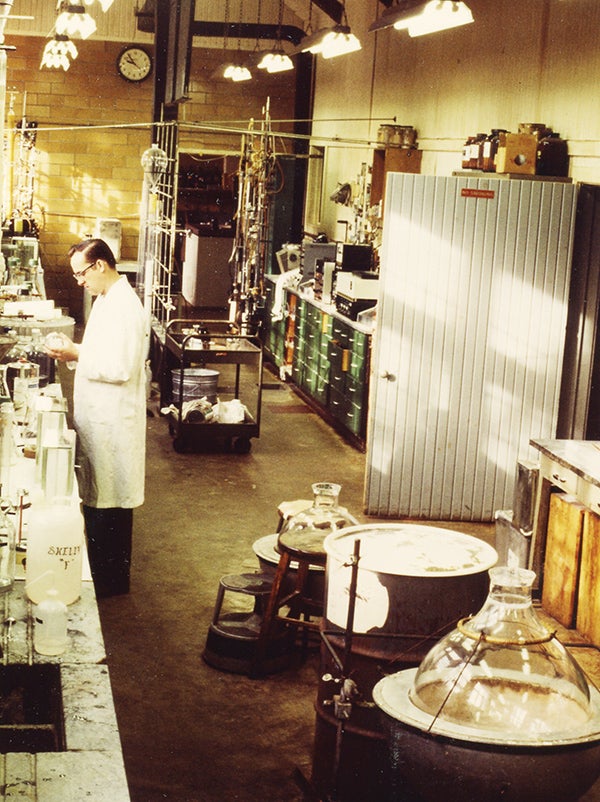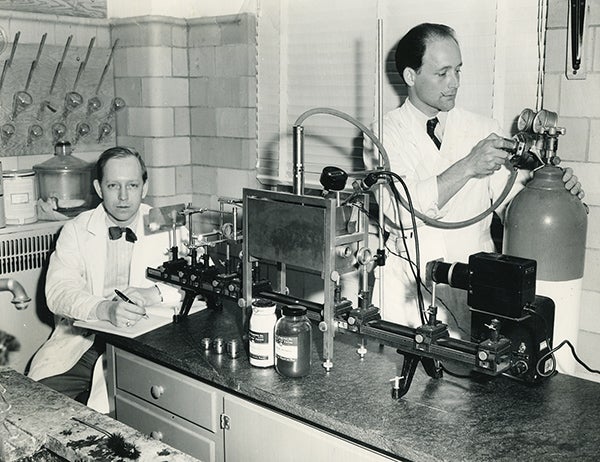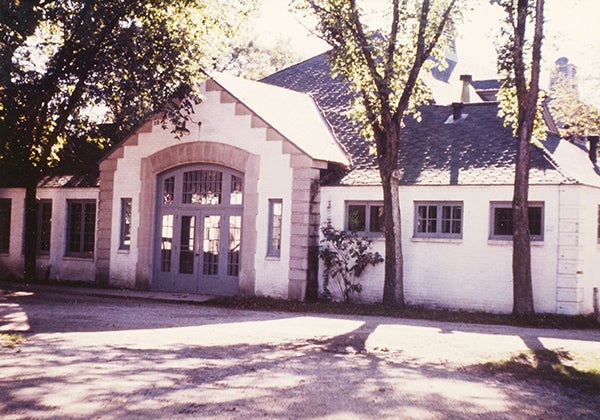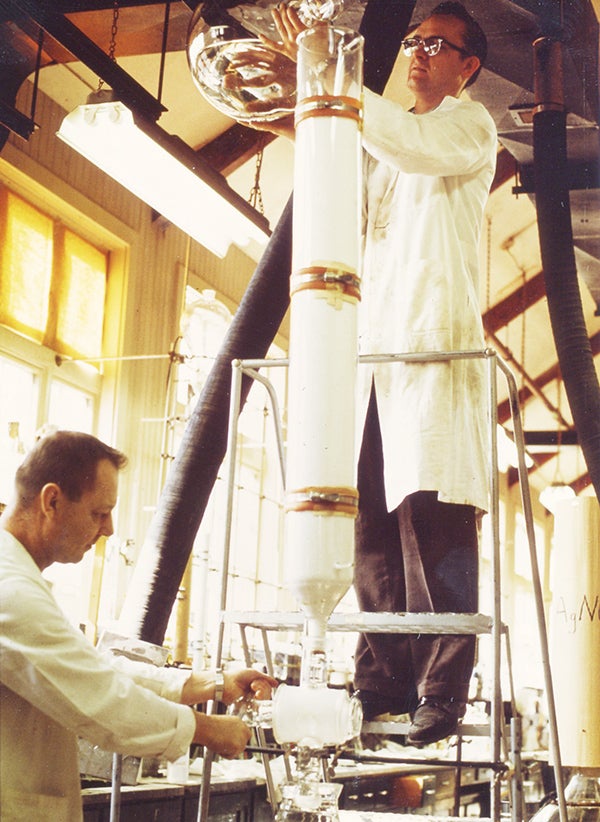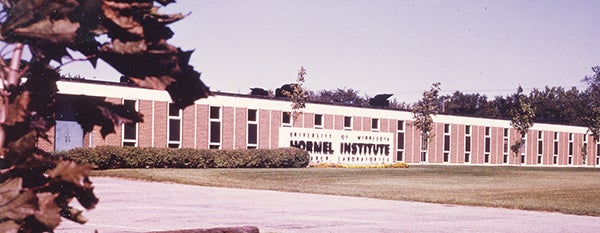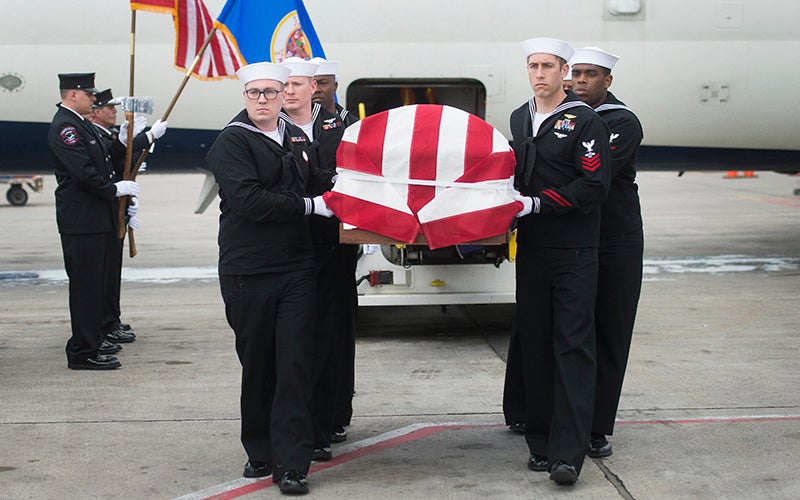The Hormel Institute through the years
Published 11:02 am Thursday, March 21, 2013
—This feature originally appeared in Progress 2013. Get a copy at the Austin Daily Herald office, 310 Second St. NE.
1941
The Hormel Foundation is founded by Jay C. Hormel, the second CEO of Hormel Foods Corp. and the son of its founder, George A. Hormel.
1942
The Hormel Institute is founded on Nov. 20 by Jay C. Hormel, with a mission to conduct research in biological sciences with applications in medicine and agriculture. For many years, The Hormel Institute is the sole recipient of the foundation’s funds, outside of the Hormel family. The Foundation enters an agreement with the University of Minnesota to operate a 400-square foot biological research lab in the horse stables of the Hormel family’s estate outside of Austin. The estate is now Gerard Academy.
1943
H.O. Halvorson, Ph.D., becomes The Institute’s first executive director. Halvorson serves as an advisor to Jay Hormel on food stability.
1949
Walter O. Lundberg, Ph.D., becomes its second executive director, serving for more than 25 years.
1960
The Hormel Institute moves in June from its original location in the horse stable, now at 12,000-square feet not counting animal barns, to its current location at 801 16th Ave. NE, next to Hormel Foods’ corporate headquarters. Its new home has 10 labs to start.
1960s
The Institute supplies “Arnold” the pig for the TV show “Green Acres.” The show airs from 1965 to 1971.
1963
Dr. Ralph T. Holman first names Omega-3 fatty acids in a scientific journal. He also names Omega-6 fatty acids. His work involves collaboration with people from 15 different countries.
1975
Holman becomes The Institute’s third executive director.
1981
Holman is named to the National Academy of Sciences in Nutrition.
1985
Harald H.O. Schmid, Ph.D., becomes its fourth executive director.
2001
The Institute names Dr. Zigang Dong its fifth executive director.
2004-2009
The research of Dong and Dr. Ann Bode, associate director — which makes the world’s No. 1 cancer research journal “Nature Reviews Cancer” — is the most cited in the world in molecular biology for five years.
2006
A busy year for The Institute, as it signs an agreement for collaboration with Mayo Clinic in Rochester, and breaks ground on a $23.4-million expansion. While the agreement with Mayo is the start of the entities official partnership, a Mayo representative has been on the Institute’s board of directors since the lab’s inception.
2008
The Institute finishes its expansion, which triples its size and takes it from 60 to 120 employees. The expansion, which opens on Oct. 3, creates 20 new state-of-the-art cancer research labs.
• The Institute partners with IBM, bringing a BlueGene/L Supercomputer to its lab. At the time, it’s the world’s fastest supercomputer.
•The International Carcinogenesis Symposium is held in Austin, attracting cancer researchers from around the world.
•Dong is selected as a National Institutes of Health Merit award recipient.
2011
The Institute officially announces in October its plans for a $27-million, 74,000-foot expansion, which it says will add 120 jobs.
2014
The Institute plans to break ground on its latest expansion.


